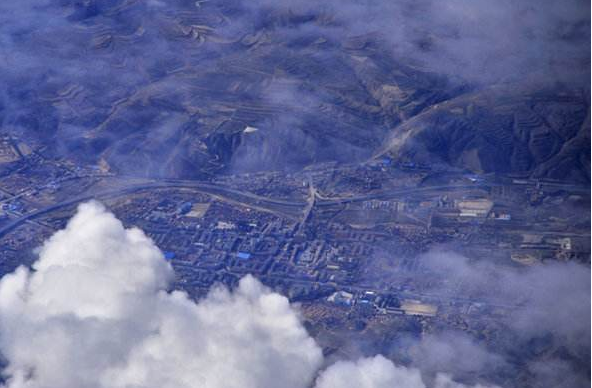People who habitually live at altitude have often spent thousands of years developing disproportionately large chests and lungs, increasing their density of oxygen-bearing red blood cells by almost a third, though there are limits to how much thickening with red cells the blood supply can stand. Moreover, above 5,500 meters even the most well-adapted women cannot provide a growing fetus with enough oxygen to bring it to its full term.

In the 1780s when people began to make experimental balloon ascents in Europe, something that surprised them was how chilly it got as they rose. The temperature drops about 3 degrees Fahrenheit with every thousand feet you climb. Logic would seem to indicate that the closer you get to a source of heat, the warmer you would feel. Part of the explanation is that you are not really getting nearer the Sun in any meaningful sense. The Sun is ninety-three million miles away. To move a couple of thousand feet closer to it is like taking one step closer to a bushfire in Australia when you are standing in Ohio, and expecting to smell smoke. The answer again takes us back to the question of the density of molecules in the atmosphere. Sunlight energizes atoms. It increases the rate at which they jiggle and jounce, and in their enlivened state they crash into one another, releasing heat. When you feel the sun warm on your back on a summer's day, it's really excited atoms you feel. The higher you climb, the fewer molecules there are, and so the fewer collisions between them.












